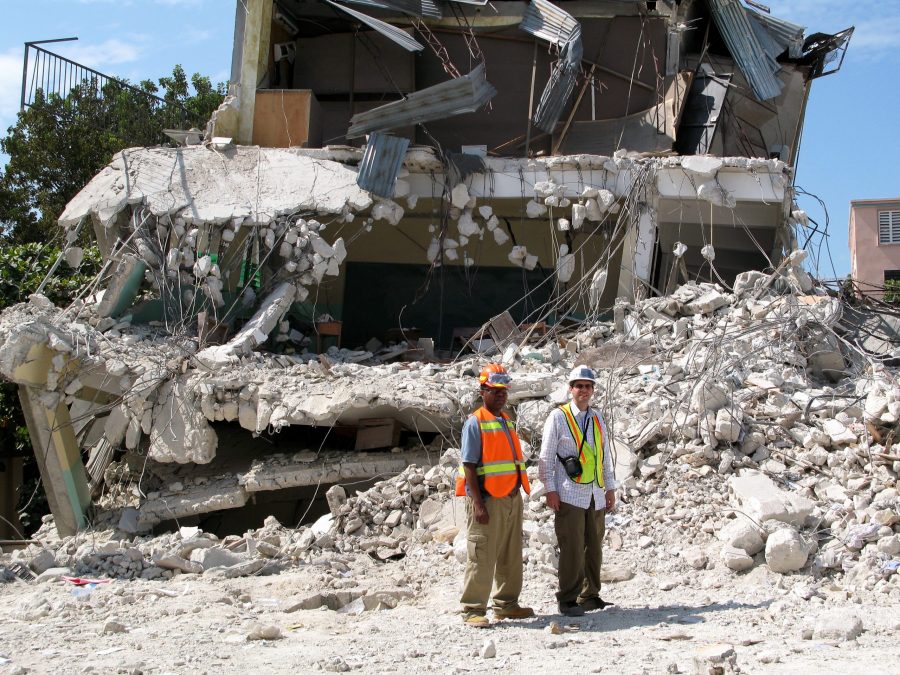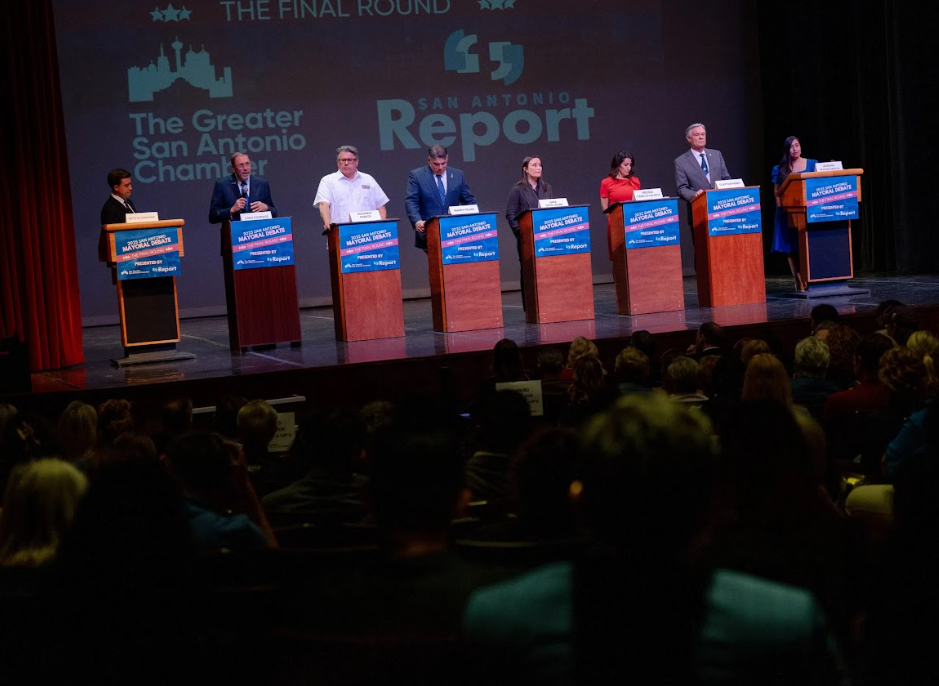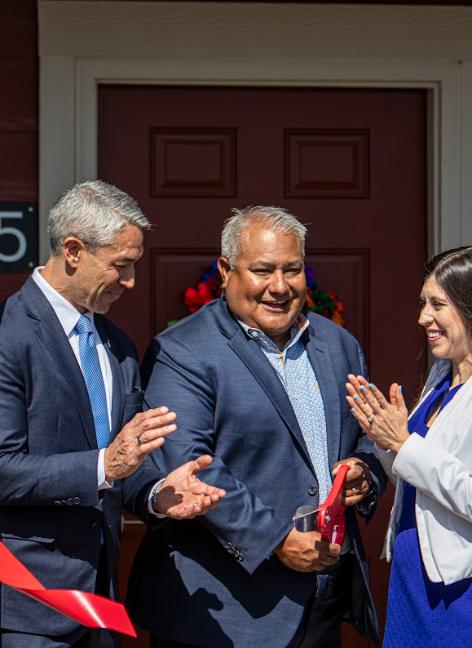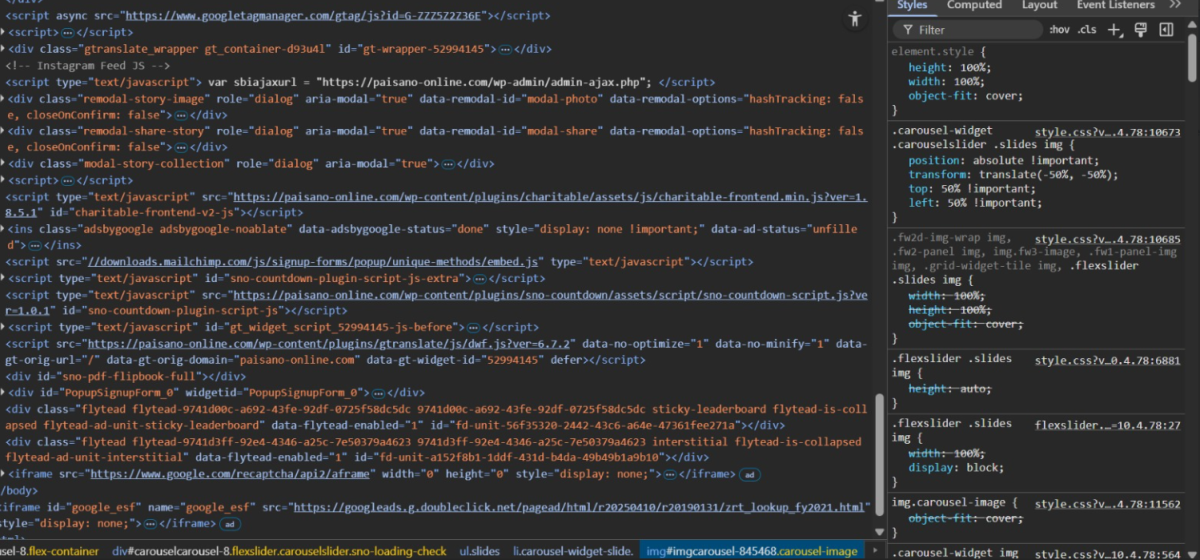Dr. Wassim Ghannoum, associate professor of the department of civil engineering, recently received a grant from the National Institute of Standards and Technology (NIST), valued at nearly $800,000. Ghannoum and his colleagues will use this grant to develop a software that can help prevent casualties in earthquakes, such as the 7.1 magnitude earthquake that decimated structures in Mexico City last week.
Ghannoum spoke about the destruction in Mexico City saying, “Concrete buildings are particularly the killers, because these are the buildings that collapse on people.” Ghannoum then introduced his research by saying, “This project is important because we are looking at the modeling of collapse behavior of concrete columns. Once you lose the columns, you lose the building.”
NIST granted 12 universities funds with the initiative to make communities more resilient to disasters. UTSA received $798,892 for a project titled Decision-Oriented Column Simulation Capabilities for Enhancing Disaster Resilience of Reinforced Concrete Buildings. Ghannoum noted the research is not conducted only at UTSA, but also with NIST earthquake engineering researchers, The University of Massachusetts Amherst and New Zealand center for earthquake resilience QuakeCoRE.
Ghannoum and his associates were commissioned to create a software that will create a precise simulation of how concrete pillars will react to an earthquake. This simulation will then develop a report of how each concrete structure fared in the earthquake. The report will give the researchers the information needed to determine whether a building can withstand the seismic activity and what needs to be repaired and improved upon for the building to withstand a catastrophe.
Ghannoum and his associates believe the model will produce a much cheaper alternative to sending inspectors into buildings to inspect earthquake durability. He also believes the simulation will be more precise in its classification of the buildings’ structures after a catastrophe.
“We are creating a model of each structure. We are then inputting the seismic hazard of each region provided by the U.S. Geological Survey. After that, you select the number of ground motions and then simulate those ground motions. The information left gives us a picture of how many buildings are standing, how many have collapsed and how much damage the ground motions left in the building,” Ghannoum said when describing the process of the simulation.
After the simulation is complete, the researchers must sit with the owner of the building they tested and talk about the results of the simulation. Any building that has a collapse hazard associated with it must be immediately addressed, and the owner must take action. Any building that does not have a significant amount of damage can be assumed to withstand the seismic activity.
The immediate goal is to find the buildings that have a collapse hazard and retrofit the load-bearing columns before a natural disaster strikes. The secondary goal is to develop a comprehensive model, that will treat all load bearing columns, including those of modern design.
The first place the model will run is in Los Angeles. The researchers plan to run a test on a handful of Los Angeles buildings very soon, then analyze the reports of the simulation. From here, Ghannoum hopes the model will run simulations of structures overloaded by other various natural disasters, such as floods and hurricanes.
Even though Ghannoum is looking into the future for the software, he is focused on preventing deaths and structural damages from another earthquake.
“Overall we want to make sure the destruction in a city is minimal, ideally zero.
After a natural disaster some buildings will not fall, but they still must be torn down. The damage done to the concrete columns make the buildings uninhabitable, and this is where much of the cost of rebuilding comes from. We are trying to make sure the buildings have the correct specifications to withstand these tragedies,” said Ghannoum.
Ghannoum and his associates are helping communities prepare for anticipated hazards. Global conditions are changing, and this research aims to prevent a natural disaster’s ability to destroy communities and take lives. Ghannoum hopes this research will lead to a more affordable and more efficient way of handling catastrophes for those communities at high risk.








